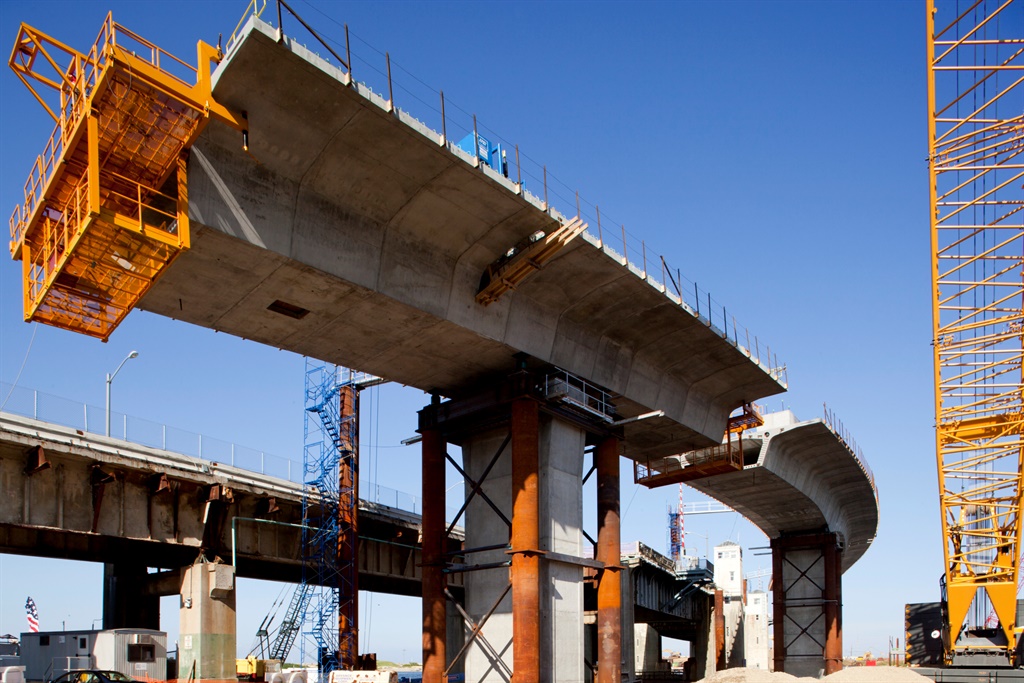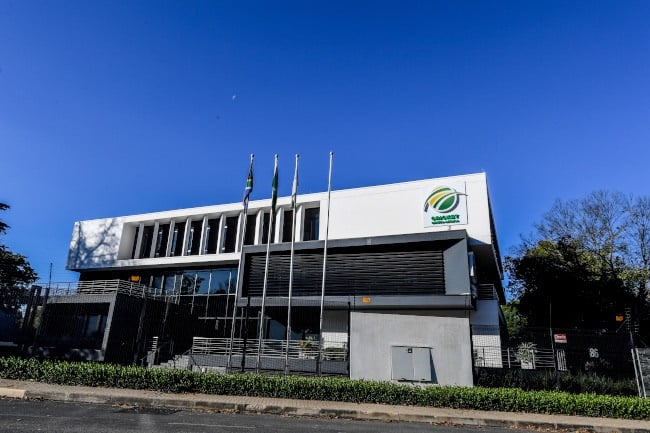
(Getty)
- Local retirement funds may soon be allowed to invest up to 45% of their assets in infrastructure projects, according to new amendments to Regulation 28.
- But “infrastructure” is defined as public projects that form part of government’s infrastructure strategy.
- This is, however, expected to include public-private partnerships.
- For more articles, go to www.BusinessInsider.co.za.
Last week, Treasury confirmed that the official deadline for comments on the proposed amendments to Regulation 28 will now be 29 March, from the initial date of 15 March.
This will give stakeholders more time to chew over the implications of the potentially far-reaching legislation, which will allow pension funds to invest up to 45% of their assets in SA infrastructure projects.
Previously, some retirement funds have had exposure to private infrastructure projects, by investing in solar energy projects, for example.
But the proposed new legislation limits infrastructure investments to only projects that have state involvement, reports Netwerk24.
According to the amendments, ‘‘infrastructure’’ refers to “public installations, structures, facilities, systems, services or processes in respect of which projects may be designated as strategic integrated projects”, as well as projects that are part of the national infrastructure plan.
Specifically, these can include:
- National and international airports
- Communication and information technology installations
- Education institutions
- Electricity transmission and distribution
- Health care facilities
- Human settlements and related infrastructure and facilities
- Economic facilities
- Mines
- Oil or gas pipelines, refineries or other installations
- Ports and harbours
- Power stations or installations for harnessing any source of energy
- Productive rural and agricultural infrastructure
- Public roads
- Public transport
- Railways
- Sewage works and sanitation
- Waste infrastructure
- Water works and water infrastructure
While not specifically outlined, it is expected that pension funds will be allowed to invest in public-private partnerships in infrastructure projects – as long as the state is involved in some way.
Specifically, funds may be able to invest in a number of fast-tracked infrastructure projects, including various upgrades to the N3, social housing and water projects, that are currently looking for private sector partners.
So far, there has been cautious optimism about the proposed changes to Regulation 28 – primarily because the changes steered clear of prescribed assets.
“The proposal to amend Regulation 28 is not the prescription of assets,” says Malusi Ndlovu, director of large enterprises at Old Mutual Corporate. “It has nothing to do with the controversial proposal that would force retirement funds to invest in specific government-approved instruments. This is a relief, as there is ample evidence that the previous prescribed assets regime in South Africa that existed up until the 1980s resulted in significant opportunity cost for investors.”
Ndlovu believes infrastructure investments can result in better investment growth and improved diversification for retirement fund members.
“Alongside other asset classes like bonds, equities and property, infrastructure offers members in retirement funds decent diversification, particularly in the context of the comparatively small local equity markets. This is because infrastructure assets are less volatile than equities and show a lack of correlation with traditional assets like property. Moreover, infrastructure can deliver inflation-beating returns over the long run if properly structured and managed,” says Ndlovu.
He adds: “The great thing about infrastructure is that you are physically building something from scratch, buying land, buying materials, hiring people who would have been unemployed, bringing in different suppliers, bringing in professionals, architects, engineers, lawyers and others.
Schalk Louw, portfolio manager and strategist at PSG Wealth Old Oak, agrees, saying that it would provide a solid economic injection for South Africa.
“The bricks used in the projects, and all of the other construction inputs – these will have to be produced locally, which will boost the economy.”
Infrastructure can also be a great investment, says Louw – citing Warren Buffett, who in his most recent investment letter, expressed great pride in the fact that Berkshire Hathaway is the biggest owner “business infrastructure” (property, plant and equipment) in the US.
In the letter, Buffett chronicles how his firm invested in Burlington Northern Santa Fe Railway Company in 2010, and how BNSF since then paid out almost $42 billion in dividends to Berkshire – while investing billions in railroads. Buffett also expanded on his company’s large energy infrastructure investments.
Still, it is too early to predict whether retirement funds will make substantial investments in SA infrastructure, says Louw, and much will depend on the final wording of the Regulation 28 legislation.
What is Regulation 28?
Regulation 28 puts limits on where pooled retirement money can be invested. For example, a pension fund cannot invest more than 75% of the fund in shares, and there are also limits to how much can be invested overseas, in listed property, and in other assets.
The new proposal will allow retirement funds to invest 45% of the money they manage in South African infrastructure, though there will be a limit (25%) on how much can be invested with a single entity. Funds can invest another 10% in African infrastructure outside of South Africa, which could bring the total maximum infrastructure exposure to 55%.
The new draft proposal has a separate new investment limit in private equity (15%), along with a maximum of 10% for hedge funds, and 2.5% for other alternative assets. Pension funds can also invest in infrastructure via shares in companies that are involved in the sector. Or they can buy bonds that fund specific projects, or are issued by large infrastructure investors like the Industrial Development Corporation and the Development Bank of Southern Africa.









